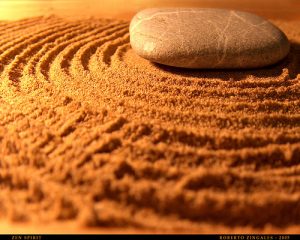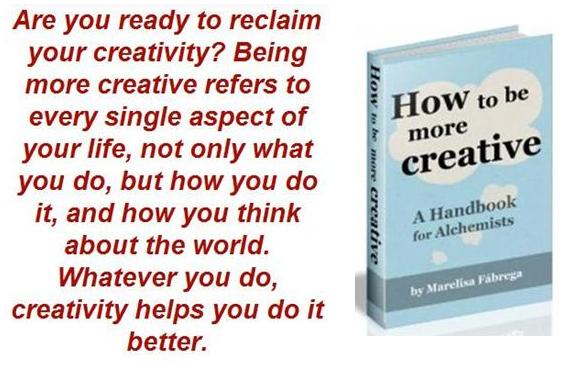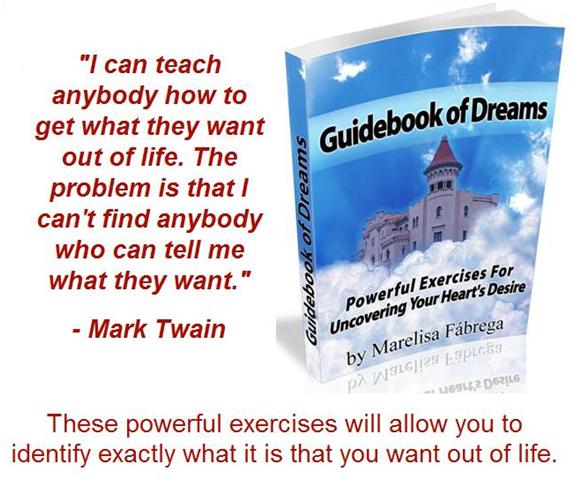 Leo Babauta’s productivity system, Zen to Done, is a set of 10 habits that will help you to get organized, simplify your life, and get things done. It’s based on David Allen’s “Getting Things Done”
Leo Babauta’s productivity system, Zen to Done, is a set of 10 habits that will help you to get organized, simplify your life, and get things done. It’s based on David Allen’s “Getting Things Done” (GTD), as well as on the work of Stephen Covey and others.
Keep in mind that instead of trying to implement all 10 ZTD habits at once, Leo recommends that you choose one habit at a time and focus on it for 30 days. Then move on to the next one.
The 10 Habits of ZTD are:
- ZTD Habit 1: Collect
- ZTD Habit 2: Process – Make Quick Decisions on Things In Your Inbox
- ZTD Habit 3: Plan
- ZTD Habit 4: Do One Thing at a Time Without Distractions
- ZTD Habit 5: Simple, Trusted System
- ZTD Habit 6: Everything in Its Place
- ZTD Habit 7: Weekly Review
- ZTD Habit 8: Simplify
- ZTD Habit 9: Routine
- ZTD Habit 10: Find Your Passion
Each of these habits is explained below.
ZTD Habit 1: Collect
Carry a capture tool with you wherever you go–whether it’s a small notebook, a Hipster PDA (a stack of index cards clipped together), a PDA or anything else that works for you-and write down tasks, ideas, projects, phone numbers or anything else that pops into your head.
The key elements of the capture habit are: take your capture tool with you wherever you go, write everything down before you forget, and empty your notes into your to-do list when you get back to your home or office. (Take note that your capture tool is one of your inboxes).
ZTD Habit 2: Process – Make Quick Decisions on Things In Your Inbox
An inbox is any place where you check your messages or read incoming information. The first thing you have to do is minimize your inboxes. List all the ways in which you receive information, evaluate each to see if it gives you value, and find ways to combine or eliminate inboxes.
For example, make sure that all the papers that come into your home get placed in the same inbox. If you have several email addresses, can you get them all forwarded to one service?
The next step is to check and process your inboxes once a day; you may need to check some of your inboxes more often, just don’t do it obsessively.
Start with the top item on your inbox and work your way down, making immediate decisions as you go along:
- Delete (or trash it).
- Delegate.
- If it’s something you can deal with in 2 minutes or less, do it immediately.
- File it: if it’s something you need for reference.
- Add it to your to-do list or calendar to do later.
Work your way down through each item until the inbox is empty. Leave nothing in the inboxes.
ZTD Habit 3: Plan
At the beginning of each week list the Big Rocks that you want to accomplish–the 3 to 6 most important things you want to get done that week–and schedule them first. Each morning, create a list of 1 to 3 MITs (Most Important Tasks). These could include a Big Rock and a couple of other important tasks. Do your MIT’s early in the day to get them out of the way to ensure that they get done.
Planning gives purpose to your week: you’re not just checking items off of a to-do list, you’re doing what’s important to you and what will take you closer to achieving your goals.
ZTD Habit 4: Do One Thing at a Time Without Distractions
Select a task and decide that you’re going to work on it either until it’s done, or for a set amount of time (say 30 minutes). Before you get started, declutter your desk and eliminate all distractions: shut off your e-mail and cell phone, get off the internet if possible, and so on. Focus on the task you’ve selected to the exclusion of everything else during the time that you’ve allotted to that task.
If you get interrupted or think of something else that needs to be done while you’re focusing on a task, write it down and get back to the task.
ZTD Habit 5: Simple, Trusted System
All you need are lists. Instead of getting caught up fiddling with tools and creating complicated systems, concentrate on “doing” and not on the tools. GTD asks you to place your tasks (“next actions”) in a series of context lists, such as the following:
- @work: for everything work related
- @personal: all your personal tasks
- @phone: for calls you can make from anywhere
- @errands: your list of errands
- @waiting for: a list of things you need to follow up on
- Someday/maybe: a list of stuff you don’t want to or can’t do right now, but want to check on later.
Keep simple lists: all you need is one list for each context–which you check daily–and a projects list that you review either daily or weekly. These are not your daily to-do lists; they’re master lists from which you pull your Big Rocks and MITs.
But what about all those little things that need to get done? Reserve time in the afternoon to complete these small tasks.
ZTD Habit 6: Everything in Its Place
Your life can be completely organized with the following two rules: everything you own should have a home, and when you’re done using any item, put it back where it belongs.
Create a simple filing system so that you can quickly file any papers you’re going to need for future reference.
Putting things where they belong, immediately, is a habit. Treat it like any other habit and focus on it for 30 days to turn it into something automatic.
ZTD Habit 7: Weekly Review
You should have a list of life goals; that is, long-term goals. From those long-term goals, you should have between one and three that you want to accomplish this year. If you choose too many long-term goals to work toward on any one particular year, you will lose focus.
For each long-term goal that you choose to work on, choose one medium-term goal that moves you closer to achieving that long-term goal, and which you can accomplish within the next few months. Next, choose one short-term goal that you can accomplish in the next week or so that will move you closer to your medium-term goal. Once you’ve done this, every week’s Weekly Review should be just a review of the progress you’ve made on those goals, and a refocusing on those goals.
Review the notes you made in your capture tool: check that you remembered to add the phone numbers to your contacts, to add items to your context lists, and so on. Also, review your calendar and review your lists.
ZTD Habit 8: Simplify
Reduce your goals and tasks to the essentials. Review your task and projects lists and see if you can simplify them. Simplify your commitments and your incoming information stream. Make sure that your projects and tasks lineup with your yearly and life goals. Take everything that you can off of your to do lists: just do the stuff that matters.
ZTD Habit 9 – Routines
Set and keep routines. A morning routine, for example, could include meditating, going for a run, processing your inboxes, and reviewing your MIT’s for the day. You could also have an evening routine and weekly routines, such as doing the laundry on Monday, planning your menu and going grocery shopping on Tuesday, paying your bills on Wednesday, and so on. Find routines that work for you.
ZTD Habit 10 – Find Your Passion
If you’re passionate about your work, your task list will almost seem like a list of rewards. Here are two blog posts which will help you to identify your passion:
- An Incredibly Simple Way to Find Your Career Passion
- Finding the Work You Love: The Intersection of Passion, Talent, and Opportunity
Conclusion
If you want an even more simplified version of ZTD, here it is: decide what’s most important to you, every day identify three actions that will you get you there, and go do that. Start applying ZTD today, and begin living your best life.


Related Posts:
1. Time Management Secret: Do It Tomorrow
2. The Key To Goal Success: Setting Implementation Intentions
3. Productivity Tip: Think Small
4. How to Live a “Hell, Yeah!” Life
5. The One-Hour-A-Day Formula
Did you enjoy this article? Subscribe to “Daring to Live Fully” by RSS or by email, and get free updates.







 Marelisa Fabrega is a lawyer and entrepreneur. She holds a Bachelor of Science in Business Administration from Georgetown University in Washington, D.C., as well as a Juris Doctor from the Georgetown University Law Center. You can learn more about her
Marelisa Fabrega is a lawyer and entrepreneur. She holds a Bachelor of Science in Business Administration from Georgetown University in Washington, D.C., as well as a Juris Doctor from the Georgetown University Law Center. You can learn more about her 






Comments on this entry are closed.
Great Article. Thank You. I think the Everything in its Place idea, is a Great one. I just have to find the right places, and when I don’t find one, then trash or to someone else… 🙂
Thanks again.
—-
http://togetthingsdone.com/infographic 5 Proven and unique Tips to Get Things Done in a free Infographic